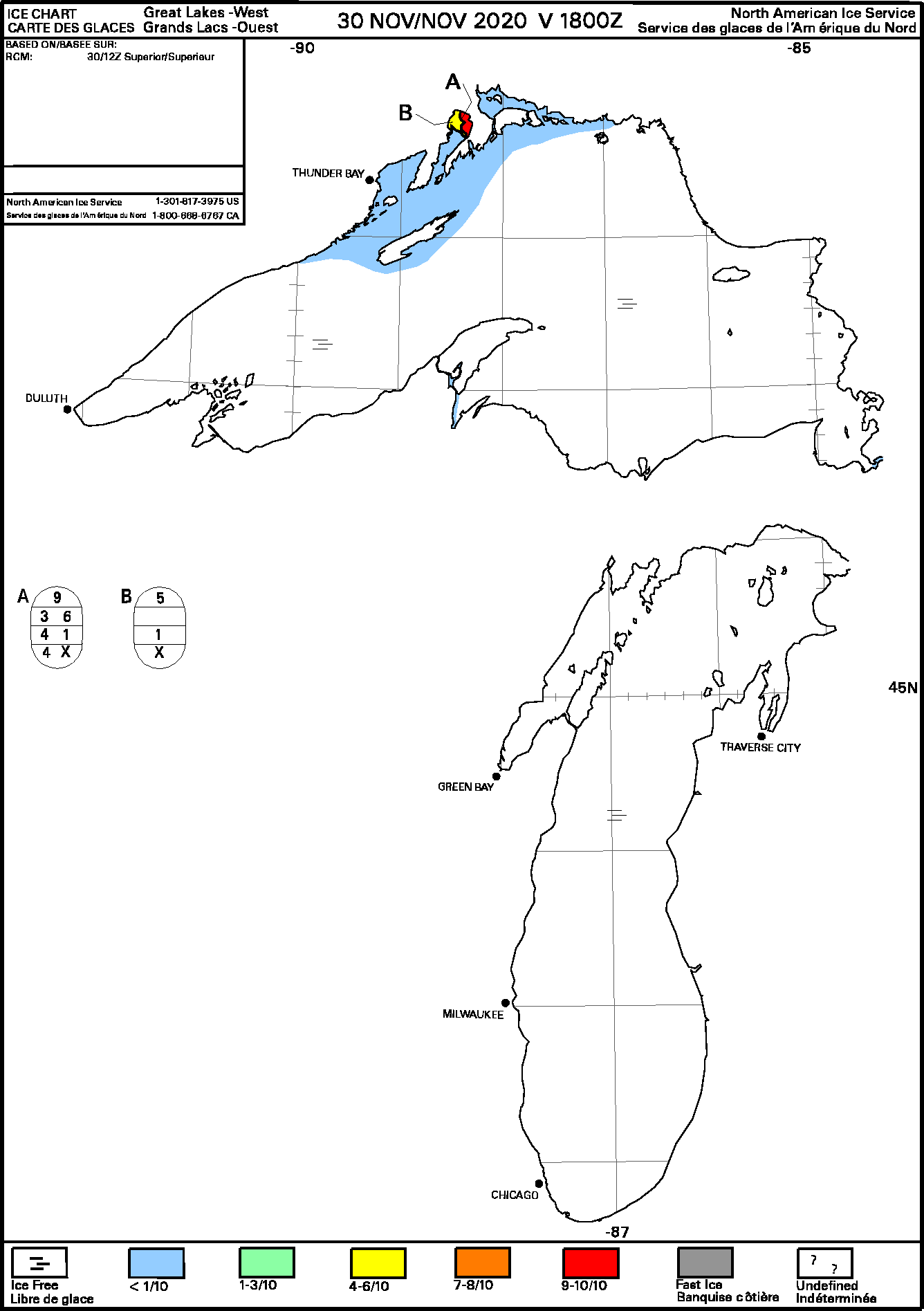Climate change

Meanders of the
northern hemisphere's
jet stream developing (a, b) and finally detaching a "drop" of cold air (c); orange: warmer masses of air; pink: jet stream
A study in 2001 found that stratospheric circulation can have anomalous effects on weather regimes.
[29] In the same year researchers found a statistical correlation between weak polar vortex and outbreaks of severe cold in the Northern Hemisphere.
[30][31] In more recent years scientists identified interactions with
Arctic sea ice decline, reduced snow cover,
evapotranspiration patterns,
NAO anomalies or weather anomalies which are linked to the polar vortex and
jet stream configuration.
[29][31][32][33][34][35][36][37] However, because the specific observations are considered short-term observations (starting c. 13 years ago) there is considerable uncertainty in the conclusions.
Climatology observations require several decades to definitively distinguish natural variability from climate trends.
[38]
References
29 ^ Baldwin, M. P.; Dunkerton, TJ (2001). "Stratospheric Harbingers of Anomalous Weather Regimes".
Science.
294 (5542): 581–4.
Bibcode:
2001Sci...294..581B.
doi:
10.1126/science.1063315.
PMID 11641495.
30 ^ NASA (December 21, 2001).
"Stratospheric Polar Vortex Influences Winter Cold". Earth Observatory. Retrieved January 7, 2014.
31 ^ Jump up to:a b Song, Yucheng; Robinson, Walter A. (2004). "Dynamical Mechanisms for Stratospheric Influences on the Troposphere".
Journal of the Atmospheric Sciences.
61 (14): 1711–25.
Bibcode:
2004JAtS...61.1711S.
doi:
10.1175/1520-0469(2004)061<1711 MFSIO>2.0.CO;2
MFSIO>2.0.CO;2.
32 ^ Overland, James E. (2013). "Atmospheric science: Long-range linkage".
Nature Climate Change.
4 (1): 11–2.
Bibcode:
2014NatCC...4...11O.
doi:
10.1038/nclimate2079.
33 ^ Tang, Qiuhong; Zhang, Xuejun; Francis, Jennifer A. (2013). "Extreme summer weather in northern mid-latitudes linked to a vanishing cryosphere".
Nature Climate Change.
4 (1): 45–50.
Bibcode:
2014NatCC...4...45T.
doi:
10.1038/nclimate2065.
34 ^ Screen, J A (2013). "Influence of Arctic sea ice on European summer precipitation".
Environmental Research Letters.
8 (4): 044015.
Bibcode:
2013ERL.....8d4015S.
doi:
10.1088/1748-9326/8/4/044015.
35 ^ Francis, Jennifer A.; Vavrus, Stephen J. (2012). "Evidence linking Arctic amplification to extreme weather in mid-latitudes".
Geophysical Research Letters.
39 (6): n/a.
Bibcode:
2012GeoRL..39.6801F.
doi:
10.1029/2012GL051000.
36 ^ Petoukhov, Vladimir; Semenov, Vladimir A. (2010). "A link between reduced Barents-Kara sea ice and cold winter extremes over northern continents".
Journal of Geophysical Research.
115 (D21): D21111.
Bibcode:
2010JGRD..11521111P.
doi:
10.1029/2009JD013568.
37 ^ Masato, Giacomo; Hoskins, Brian J.; Woollings, Tim (2013). "Winter and Summer Northern Hemisphere Blocking in CMIP5 Models".
Journal of Climate.
26(18): 7044–59.
Bibcode:
2013JCli...26.7044M.
doi:
10.1175/JCLI-D-12-00466.1.
38 ^ Seviour, William J. M. (14 April 2017). "Weakening and shift of the Arctic stratospheric polar vortex: Internal variability or forced response?".
Geophysical Research Letters.
44 (7): 3365–3373.
Bibcode:
2017GeoRL..44.3365S.
doi:
10.1002/2017GL073071.
Polar vortex - Wikipedia





